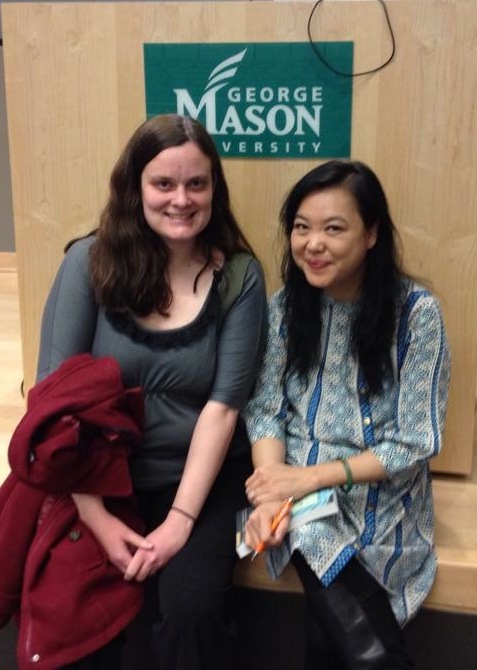Friday from the Archives by Amber Knox, Editorial Assistant:
“The Void and the Missing: History, Mystery, and Throwaway Bodies in Monique Truong’s Bitter in the Mouth” by Rachael Price
In this article from NCLR’s 2015 issue Rachael Price analyses Monique Truong’s novel Bitter in the Mouth and the difficulties that the main character, Linda, faces growing up and discovering her own identity in what at first appears to be a conventional Southern family. Linda struggles to define herself throughout the book “as the stamp of the “South” leads not to a complex and self-actualized multicultural identity, but to a place in which Linda functions in a kind of suspended animation, herself rendered an “Other” (to varying degrees) within both of the Southern cultures that make up her complex identity.”
Price’s article focuses largely on the idea of “throwaway bodies”, “characters who are typically “looked over” or “looked through” thus become central and give us a new way to read Southern fiction.” A large portion of the main cast of characters in Bitter in the Mouth can be defined as “throwaway bodies.” Through their personal experiences and transformations Price explores the ways in which Truong presents Southern Identity and Personal Identity.
Price also discusses the contrasting ideas of “the void and the missing”, throughout the novel. The distinction between these two ideas has a significant effect on the impact of several absences in Linda’s life. As Price points out Truong highlights the importance of history throughout the novel. How ever Linda’s own history is not always clear as “for the first half of Bitter in the Mouth, the text does subtly treat Linda Hammerick’s own past as a kind of affliction, emphasizing the void that the character feels.” Linda as a child becomes very interested in history in an effort to find some sort of stability but is most often drawn to stories that retain a bit of mystery. “The notion that a subject to which she turns in search for identity and stability becomes, in essence, a “mystery” to her serves to further emphasize her own sense of invisibility, of being in a “void.””
The idea of “the void and the missing” haunts several of Truong’s characters. They do not fit conventional ideas of Southern culture and thus become “Other” just as much as Linda. However, despite this “otherness” these characters manage to find a place for themselves in their hometown of Boiling Springs. In defining her own identity “Linda not only embraces her iconoclasm but also embraces the North Carolina community that raised her. Her process of maturation involves not just seeing the problems with Boiling Springs but with seeing its strengths as well.”

Read the entire article on ProQuest or by ordering the 2015 issue featuring “North Carolina in a Global Context.”